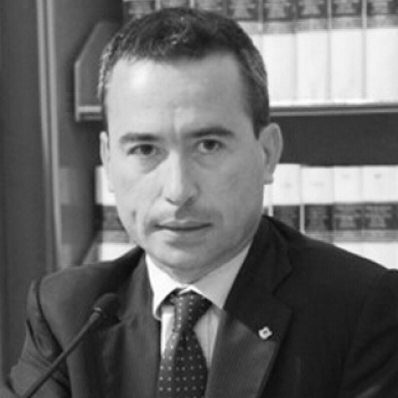Those who thought that with Sblocca Italia (Unlock Italy) decree, the hydrocarbon extraction and the new large and useless constructions, the government had hit rock bottom with its environmental policies, were very much mistaken.
The latest confirmation came with the blueprint of the DPCM on waste incineration in compliance with article 35 of Sblocca Italia providing for 12 new incinerators in Italy in addition to the existing ones, which are not going to be shut down, not even those in need of decommissioning (quite a few).
It is a draft we must reject for obvious reasons.
First, once again, the government pretends not to see that the bone of contention is missing, namely the quantity of waste. The waste to be burnt is overestimated because it is calculated on 65% of separate waste collection already exceeded in several regions. And neither the national prevention programme (can Minister Galletti remember that he set up a scientific committee chaired by Professor Andrea Segré for its implementation?) nor the fact that some cementers are trying to burn Secondary Solid Fuels (CSS) in their plants are taken into account. Besides, the most recent plants such as that in Parma, are encountering difficulties because thanks to separate waste collection and weight-based tariffs they no longer receive waste from the surrounding areas and are forced to look for them in other regions. In other words, with regard to incineration, the government has gone crazy.
The second reason is that once again the interests of a few companies are served instead of those of the whole country. It is a decree draft that stemmed from the summation of the single requests by companies – mainly from the multiutilities of the North – that have not understood that there is no more room for new incinerators. An option that must go in the direction of the circular economy. Italy would need other plants, useful both to citizens and their pockets. In Central and Southern Italy in particular, it is necessary to create plants to treat the separate organic waste fraction (recovering energy through biomethane), which instead keeps on being transported by road for thousands of kilometres, wasting money in polluting means of transport. It is necessary to build a solid and widespread network of plants to maximize recycling (eco-districts, materials factories etc.) and to prepare for waste reuse. In short, plants are necessary and plenty of them are needed throughout the country, but not those that listed city waste disposal companies, like A2A, Hera and Iren have in mind.
Third, such DPCM draft is only shifting the attention to a complicated level for political (Regions have said “No, thanks”), social (what are the areas willing to accommodate such plants?) and economic reasons. The potential waste management prices of
the new plants are not, as it happens, competitive with the existing incinerators, starting from those in Northern Europe, oversized and built in the 90s, guaranteeing very low prices which no Italian incinerator, old or new, can match. Unfortunately, all this will make us waste even more time, which, especially in some critical regions (Sicily, Apulia and Lazio), we have not got.
So, if the government truly intends to tackle the issue of waste management it must eliminate this DPCM draft and replace it with a new text on the circular economy. A revision of the principle of economic rewards and sanctions in the waste cycle would be enough to change things. Landfills must be hard hit by the taxman, the incentives for power generation from incineration must be deleted and the prevention, reuse and recycle sectors must be promoted. If, on the other hand, the government will go ahead with the aforementioned DPCM, the result will be total impasse, favouring once again the many landfill lords who keep on making money and governing the waste cycle thanks to non existent sector policies.



